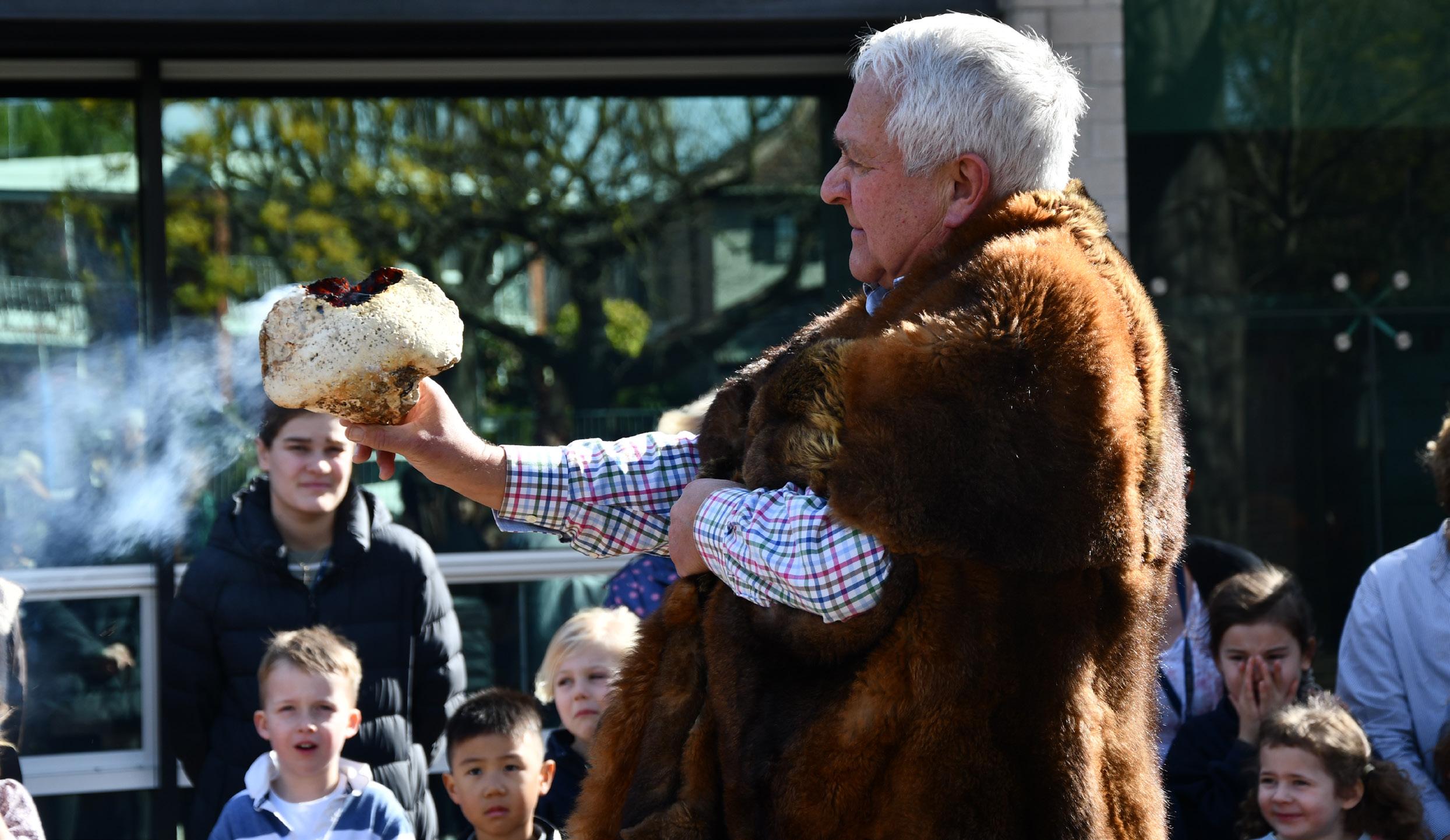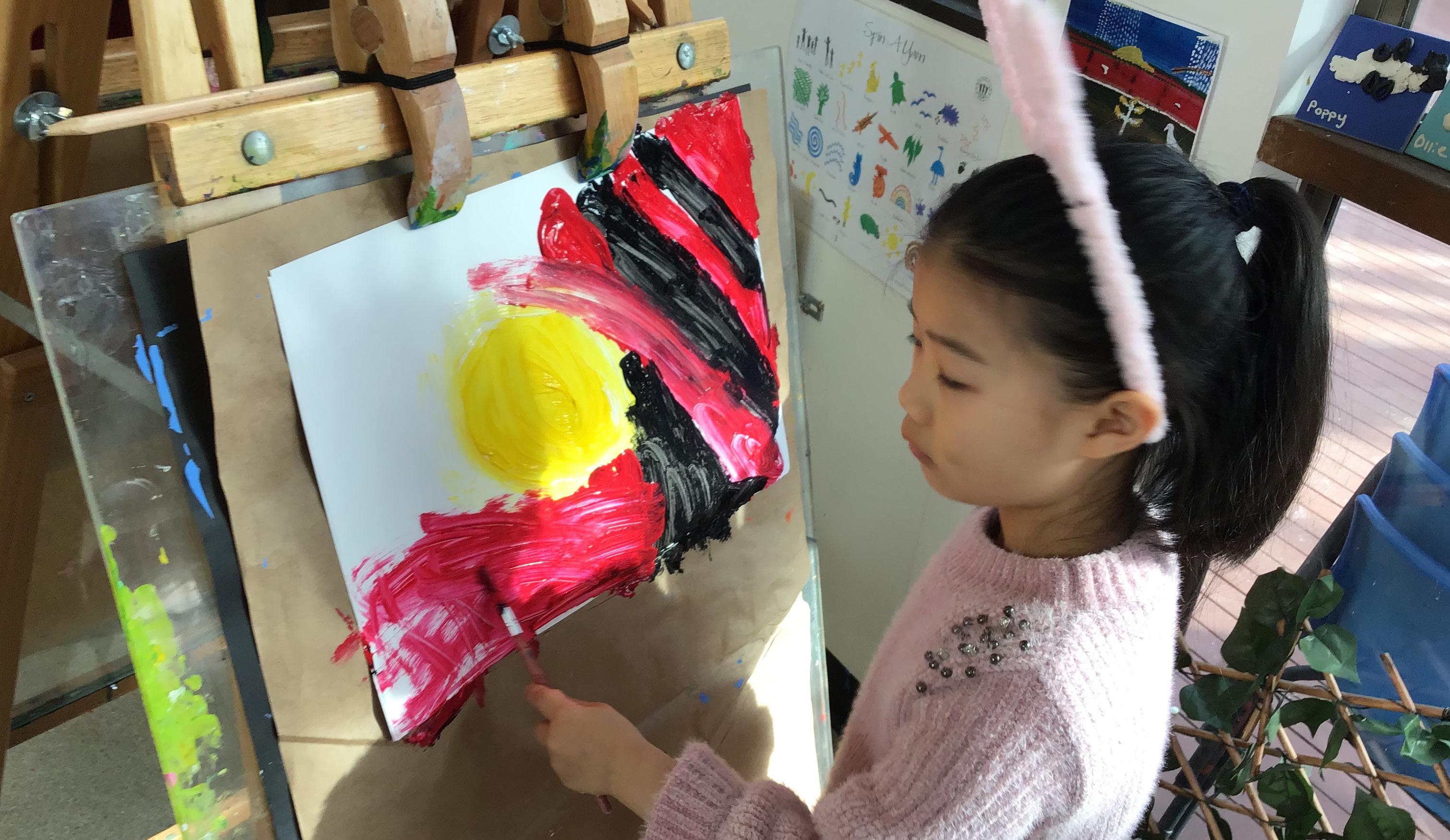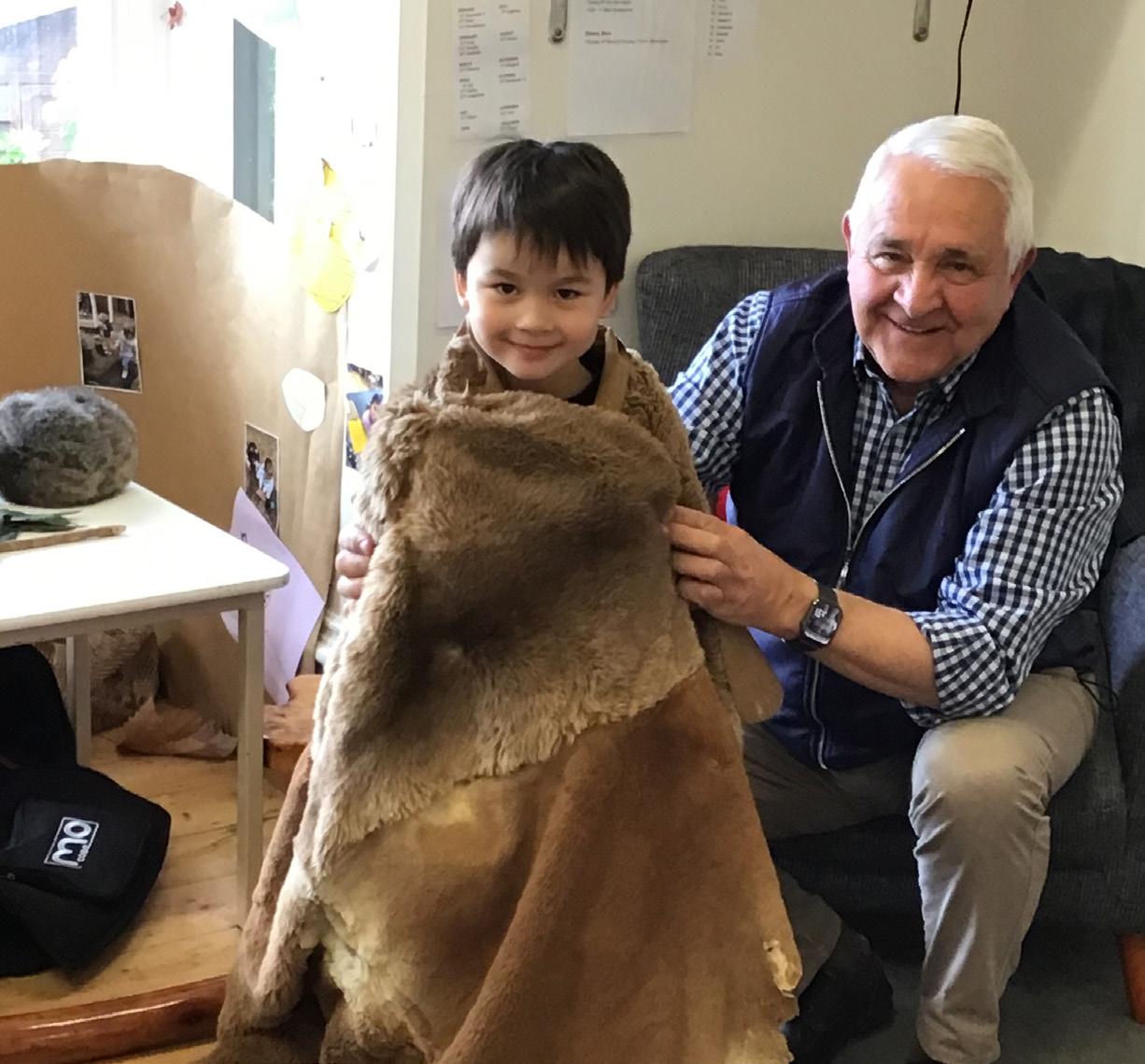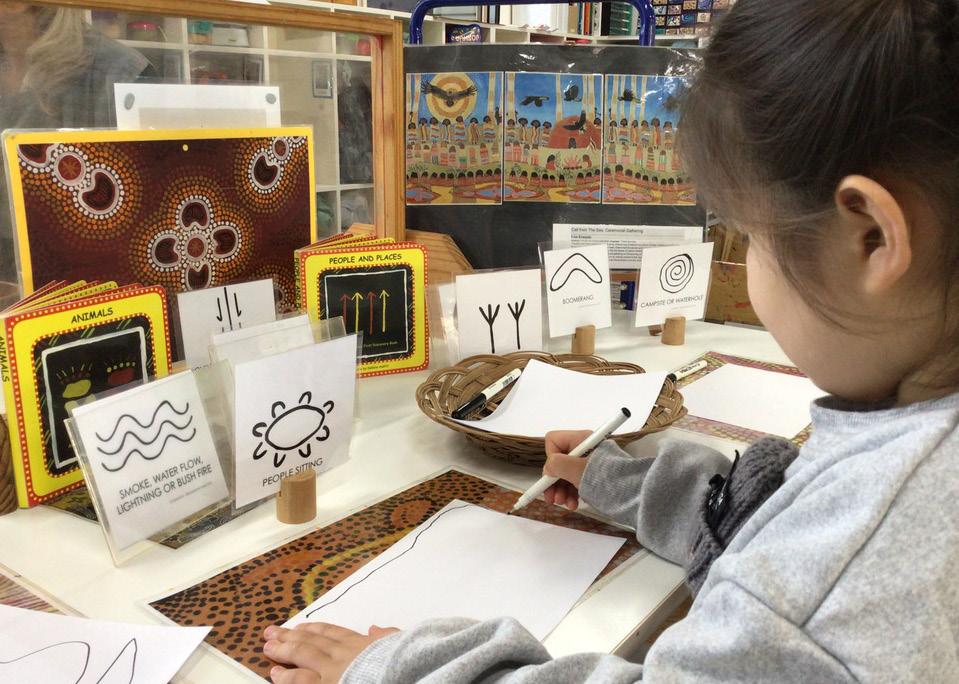
4 minute read
Kindergarten
Embedding Indigenous culture in the Kindergarten.
Culture is central to a child’s individuality, identity and sense of belonging, and success in lifelong learning. To support the identity of Aboriginal and Torres Strait Islander peoples, we as early childhood educators need to pay attention to the cultural identity of the Aboriginal community in which we are situated. The first of the Child Safe Standards centres around ‘the establishment of a culturally safe environment in which the diverse and unique identities and experiences of Aboriginal children and young people are respected and valued’.

The Early Years Learning Framework also asks educators to build upon children’s understandings of diversity, specifically Aboriginal and Torres Strait Islander cultures, but allows us the freedom to build this in a way that is meaningful and that is linked to our local community and families.
At Lauriston, we have found ways to embed Indigenous culture into our curriculum in an authentic way which benefits future children and reconciliation. The inclusive environment we provide is implemented using resources thoughtfully so that a sense of belonging for children and families is created. Our aim is to build on children’s individual strengths, confidence in who they are and where they come from, giving them a strong sense of self, identity and a strong connection to their culture and country.
Each year, we are fortunate and privileged to welcome Murrundindi, an Elder of the Wurundjeri clan from the Healesville area. The Wurundjeri people lived on the land we now occupy and he visits us so he can immerse the children in the rich culture of his heritage. Each group has the opportunity to listen and engage with Murrundindi and prepare a number of questions to ask him. He is able to give us a deeper understanding of the Aboriginal culture
and knowledge. Showing Aboriginal artefacts from his family, he asks the children to imagine what life was like for his ancestors long, long, ago and shares stories and songs as well as playing the digeridoo. He teaches us some words from the Wurundjeri language as well as new ways to wish each other “good morning”, “enjoy our meal” and to say, “See you later”. The children have the opportunity to participate in activities relating to Indigenous culture and recently our 3-year-old children made damper. Murrundindi played games, danced and shared stories and made lemon myrtle chocolates (which were very popular!) and he was particularly thrilled with the respect the children showed. Murrundindi delighted in the understandings the children already had and was excited by their interest, their questions and answers they gave. Our time with Murrundindi concluded with him performing a Smoking Ceremony, a significant moment where he burned sacred fungus and cleansed us all.
By embedding learning in the early years, we can impart the wonder of Indigenous knowledge, and support the Aboriginal Australian sense of identity and belonging, as well as promote a culture of understanding and respect towards cultural diversity. We will continue to immerse Indigenous understandings into our Early Years Program as we all develop greater insights and knowledge of this ancient living culture.
Fiona Ireland Director of Kindergarten

Reconciliation Action Plan
In 2022, Lauriston established a Reconciliation Action Plan working party involving students, staff, parents and the wider community. We are pleased to have had our plan published by Reconciliation Australia which included our vision for reconciliation.
Lauriston Girls’ School strives to incorporate the values for reconciliation and the School’s values. These include building strong relationships with local First Nations community groups and having the courage to build connections with the wider community and stand against racism.
We aim to foster intellectual inquiry into the First Nations peoples’ cultures, histories, perspectives, and contributions to society. The School will take action to increase understanding and awareness of current social issues facing First Nations peoples while acknowledging the strength and resilience of First Nations peoples and communities.











